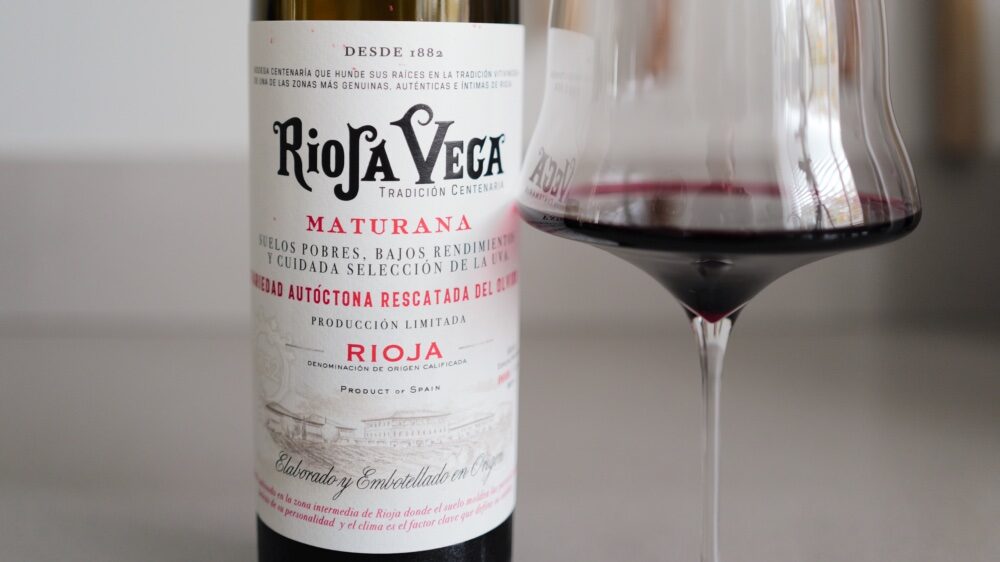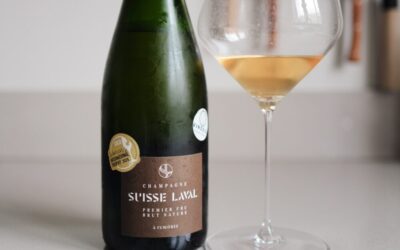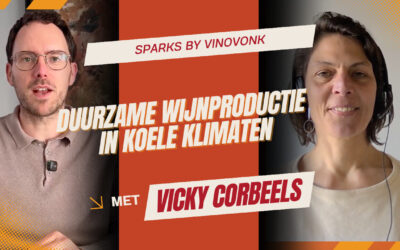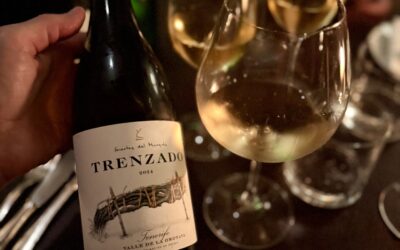Only 0.43% of Rioja’s vineyards grow Maturana Tinta. Thirty years ago, that number was effectively zero. This native Spanish grape, first documented in the 17th century, had nearly vanished—displaced by more productive varieties, such as Tempranillo. Today, wineries like Rioja Vega are betting that what was almost lost forever deserves a place in your glass.
From Archive to Vineyard
Maturana Tinta’s name originates from the Spanish term “early ripening,” referring to its maturity that occurs before most Rioja varieties. But early ripening couldn’t save it from extinction. As Rioja industrialized, growers chose higher-yielding grapes, and Maturana gradually disappeared.
The rescue began in the late 1980s when researchers investigating Rioja’s wine heritage hunted through forgotten vineyards for surviving plants. In 2007, nearly twenty years later, Rioja’s Control Board officially approved Maturana Tinta for cultivation again. Today’s 0.43% represents both progress and persistent rarity.
Sustainability Beyond the Bottle
Rioja Vega’s commitment to Maturana fits within a broader sustainability vision. The winery recently earned the ‘Sustainable Wineries for Climate Protection’ (SWfCP) certification—Spain’s only specific environmental certification for wineries, created by the Spanish Wine Federation. This validates over twenty years of sustainable practices, including solar panels, drip irrigation, organic fertilizers, and precision viticulture, which preserve biodiversity.
Rescuing nearly extinct varieties like Maturana is itself a sustainability practice, preserving genetic diversity that may prove crucial as climate change reshapes viticulture. It’s not just heritage preservation—it’s a climate adaptation strategy.

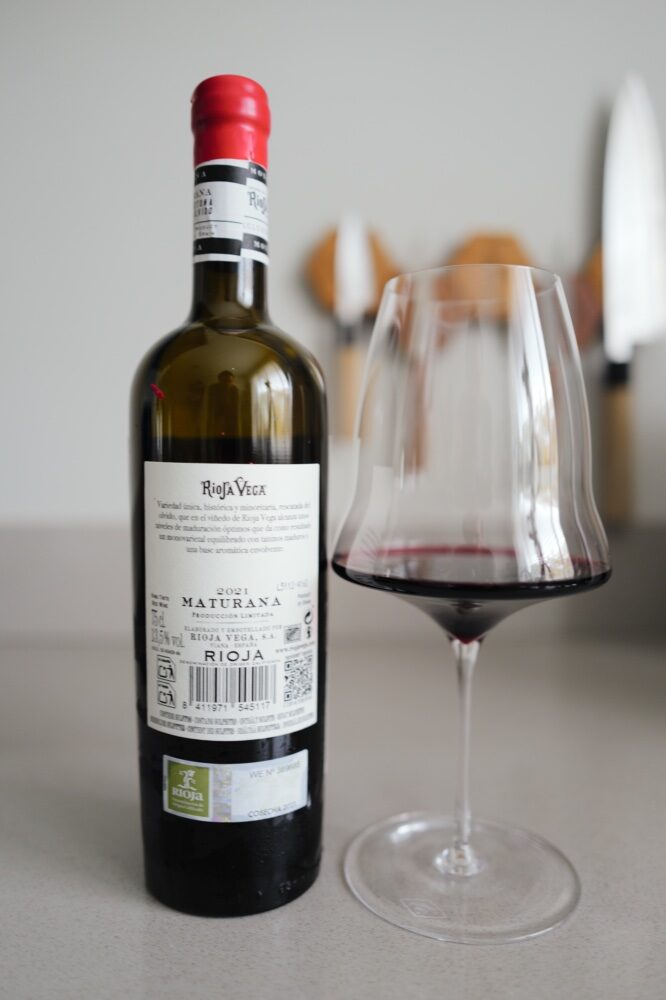
What Does Resurrection Taste Like?
I was fortunate to receive Rioja Vega’s 2021 Maturana, and honestly, it’s unlike typical Rioja. After 14 months in French and American oak, winemaker Esperanza Elías has created what she calls “a unique proposal for enthusiasts interested in recovered native varieties.”
The wine pours garnet-violet—deeper than young Rioja, with purple edges hinting at a distinct personality. On the nose, red fruit meets unexpected freshness: raspberries near freshly cut grass, with liquorice and eucalyptus weaving through. There’s something autumnal too—wet leaves, forest floor, even wild mushrooms beneath the fruit.
Here’s where it gets interesting. Despite the substantial tannins (those compounds from grape skins that create a drying mouthfeel), the wine shows surprising elegance. Vibrant acidity and layered fruit prevent heaviness. Oak adds vanilla, roasted chestnuts, and subtle toast without overwhelming the grape’s freshness. It lingers smoothly with almost resinous sensations.
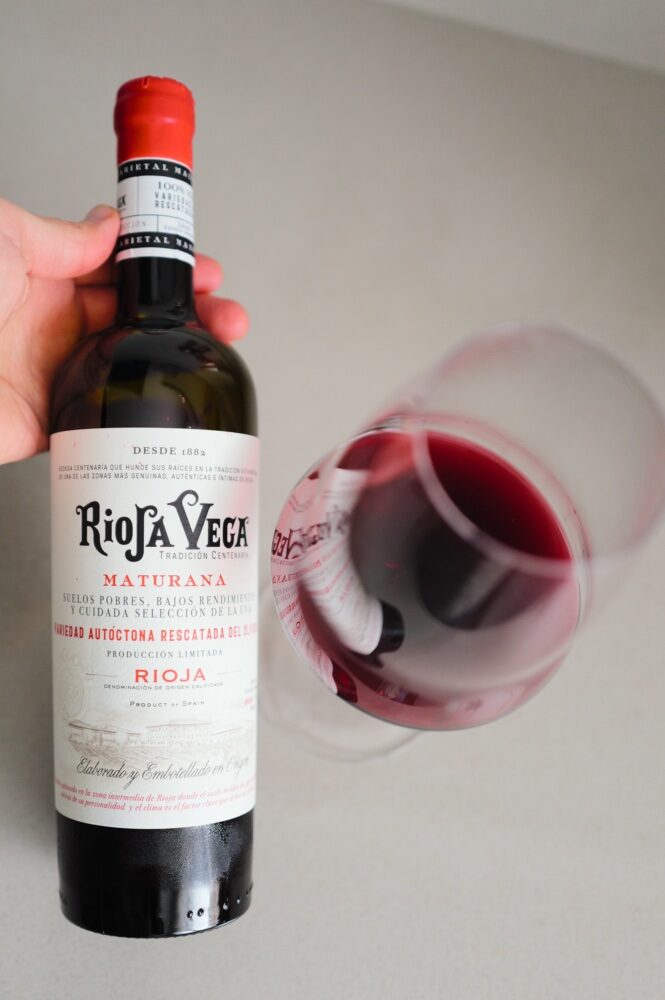
The €32 Question
At €32, you’re paying a premium for rarity and historical significance. Is the wine good? Absolutely. The balance is genuinely impressive, and knowing it comes from a certified sustainable producer adds value.
But does it justify the price versus excellent traditional Riojas at €15-20? You’re partially covering the costs—resurrection narrative, research investment, and limited production. Some find that compelling; others want the wine alone to justify the price. Limited availability may also frustrate interested buyers.
At the Table
If you find a bottle, Maturana Tinta’s forest-floor character pairs beautifully with wild mushroom risotto, roasted game, or aged Manchego cheese.
Worth the Search?
Maturana Tinta’s revival reminds us that wine diversity matters. Rioja Vega demonstrates that this rescue mission has produced genuine quality while upholding environmental responsibility. Whether the premium feels justified depends on how much you value biodiversity preservation alongside what’s in the bottle—but I’d say it’s worth experiencing at least once.
More information: https://www.riojavega.com/
